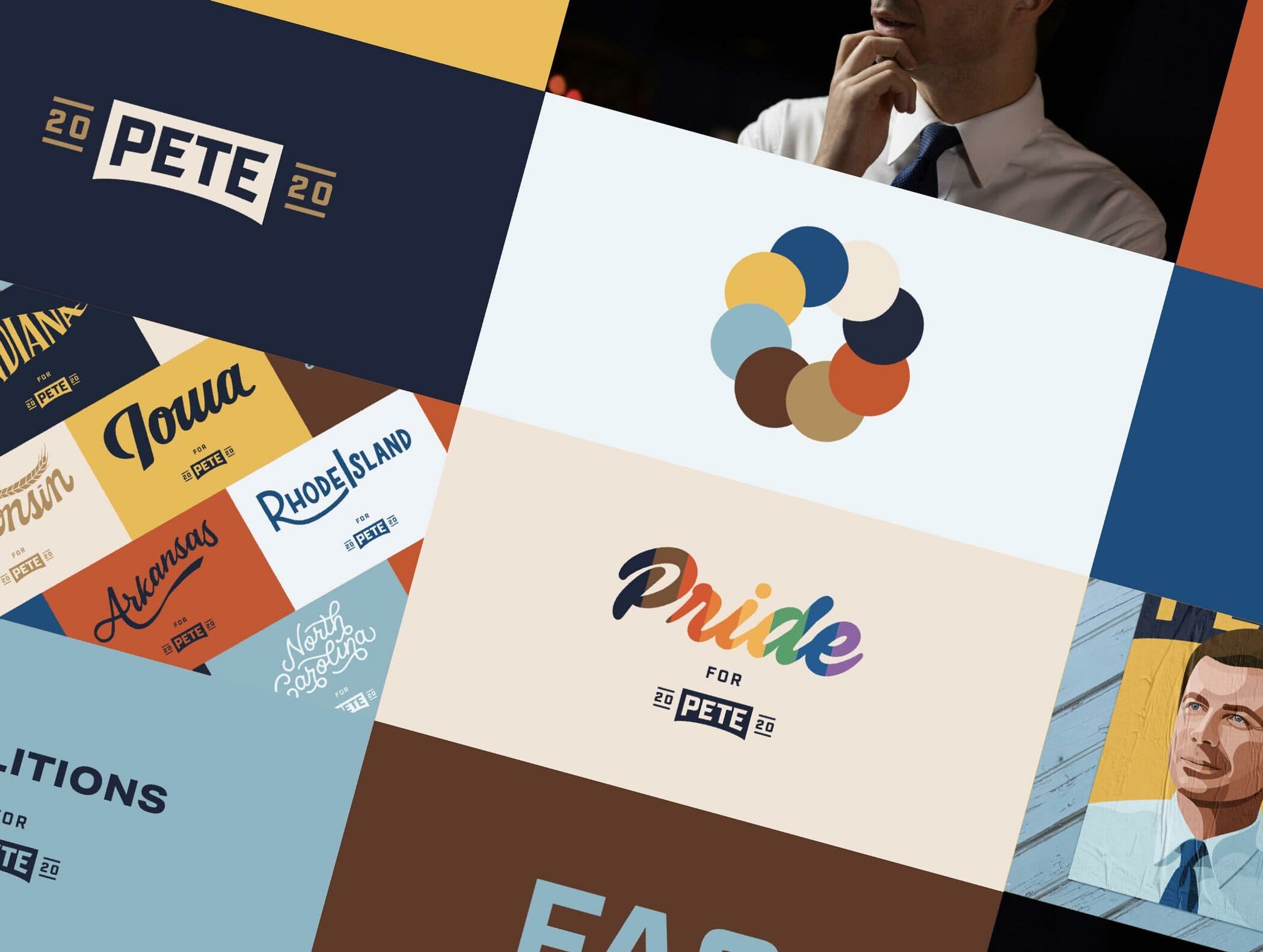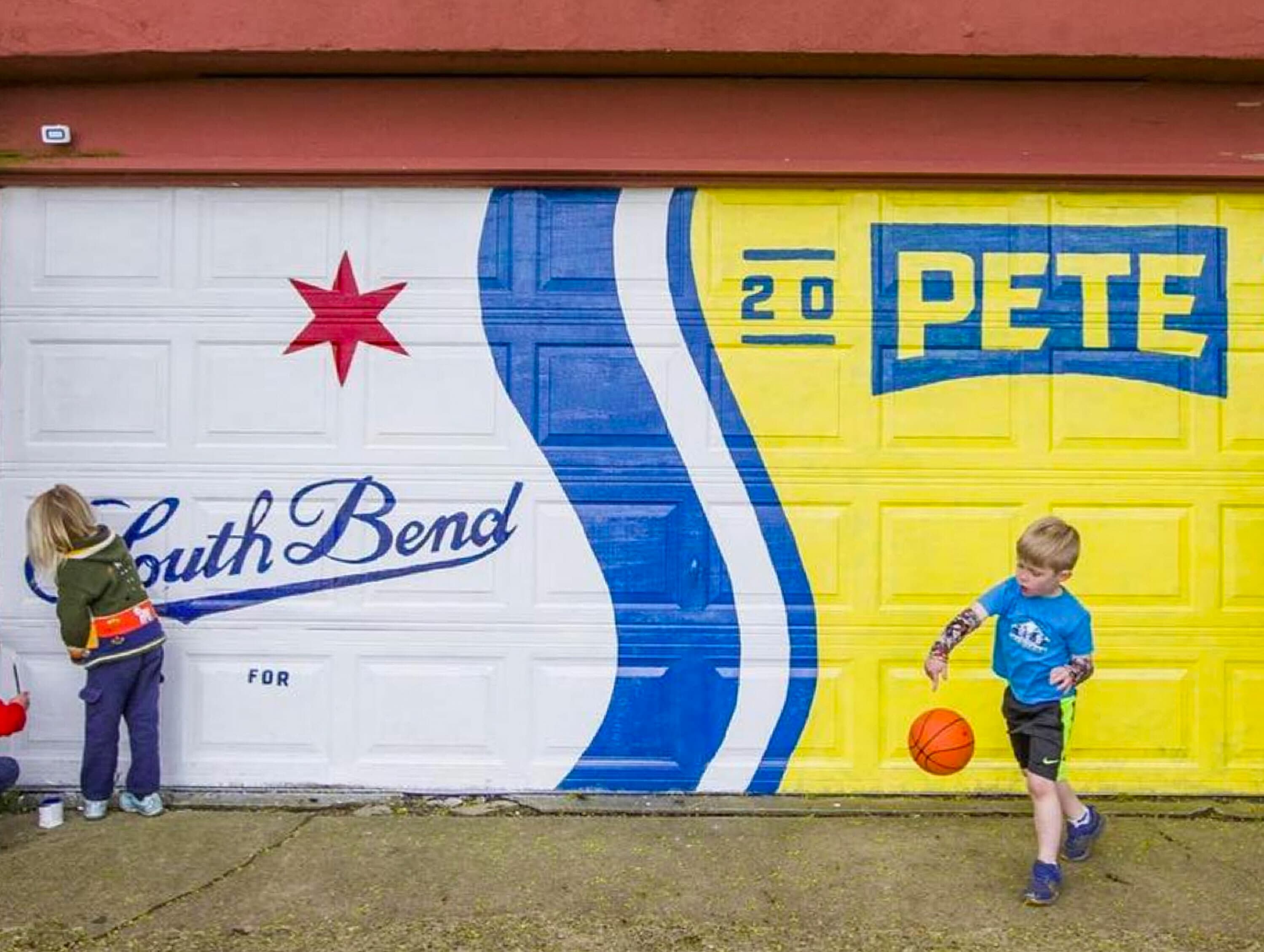By Deroy Peraza, Partner at Hyperakt
For more than 20 years, we’ve worked with nonprofit organizations to build brands that empower them to achieve their highest impact in the world. And the more we do this work, the more certain we’ve become that the process doesn’t end when the new brand is launched.

Illustration by Merit Myers
A nonprofit brand evolves over a lifespan of seven or eight years—or more. At every step in the brand development process and in its lifetime there are moments and decisions that ensure its success. One of the most critical, often overlooked, phases is creating positive energy for the new brand among your internal team as part of a well-considered rollout plan.
Nonprofits sell ideas, not products. The main ambassadors for your ideas are your people, so it’s in your interest to find creative ways for your team to embrace your brand's language and visual identity.
Brand Frameworks, Not Brand Rules
“How are we going to get our people excited? How will they feel like the new brand belongs to them?” These are the right questions to be asking as you roll out your brand to your team.
The answers to these questions range from making sure you’ve rallied your people around your mission and values, to making sure your brand’s voice is clear enough that they feel fluent using it. But there are also more tactical, day-to-day opportunities for your team to feel good about your brand.
Branding partners often hand over a formalized standards manual that dictates specific ways your logo, colors, and fonts can be used so that everyone on your team uses the brand in the exact same way. “Voila! Here it is! Be sure to follow the rules so we stay consistent!”
These often fail to account for the one thing people using your brand guide want most—choice. Choice infuses your brand with humanity and individuality. Choice gifts the people putting your brand to work with many micro-moments of joy.
Building a nonprofit brand that authentically represents the people who stand behind it involves the right mix of flexibility and personalization, backed by a brand framework and effective training. Instead of a rigid rulebook, frameworks allow people to interpret the brand in their own way within guardrails.
A framework gives your brand room to move in real life. It’s almost impossible to plan for every single application until you start seeing the brand in the wild. That was our hunch when we created the first ever publicly available design toolkit for a presidential campaign brand—a hunch that was very much confirmed by how supporters used the brand assets in personalized ways.
Creating Participatory Nonprofit Brands
Hopefully, your team had a chance to participate in the creation of your brand from the beginning. Perhaps they attended brand strategy workshops or creative direction presentations. Perhaps folks on the communications team and program leads were asked to weigh in with their thoughts along the way. This is all great stuff. By the time they see the brand you plan to unveil with the world, you want them to feel as comfortable as possible with the shift you’re making.
Brand participation doesn’t need to stop there. As your team starts using the new brand, participation might mean letting your people customize their business cards, or pick from a set of color backgrounds for their website headshot. It might mean building out social media templates that cover a broad tonal range of emotions. It might mean more secondary colors, or a set of design elements that can be incorporated into layouts. It might mean a variable-weight font or custom emojis. The possibilities are endless.
Ask your design team what else they need to make their work easier, whether that’s a set of email templates, or presentation decks, or other marketing materials. Giving them the right tools with just enough rules helps them create branded communications that are lively and genuine.
The fun doesn’t have to be limited to the visual identity. You can have fun with language as well. For example, you can create an internal rollout video to rally your team around your new brand where the interviewer asks team members what your organization’s mission means to them. Or you can have team members play a Mad Libs-style word game to describe your organization’s impact. Participatory exercises that further your brand while also celebrating the diversity of interpretations among the team are win-win activities. They give employees a range of language they can then adopt when talking about your brand in ways that are authentic to their particular identities.
No One Likes the Brand Police
A flexible brand framework, paradoxically, makes management easier on the communication team. When a comms manager tries to be too rigid about the brand, it slows down program teams who need to create materials quickly and makes them feel they can’t express the brand the way they want to. When they perceive the comms team as the “brand police,” they start to question and distrust the approval process. The goal is to loosen up the brand and make it so that every single thing doesn’t have to run through comms, because there is trust that the rest of the team knows how to use the brand in the right ways.
Participatory brands that make room for a diversity of perspectives within teams are a great way to build internal brand affinity, pride, and loyalty. This can lead to attracting stronger, values-aligned talent, improving the team’s performance, and creating stronger brand advocacy on behalf of team members. This pride generates momentum, a stronger reputation, and a larger mindshare. It also presents an opportunity for leaders to demonstrate they value, trust, and care for their staff.
Your brand lives and dies with your people. Let’s work together to ensure it thrives.



